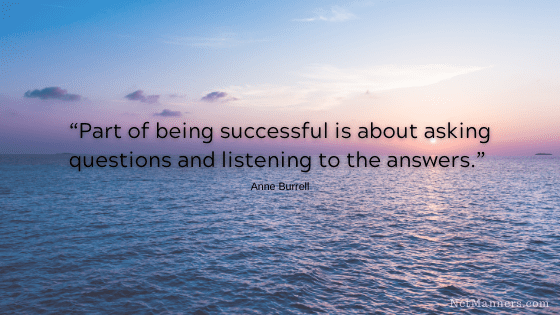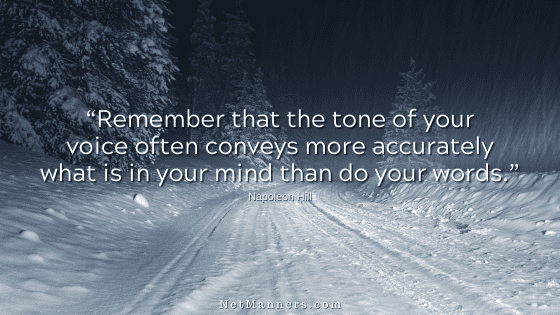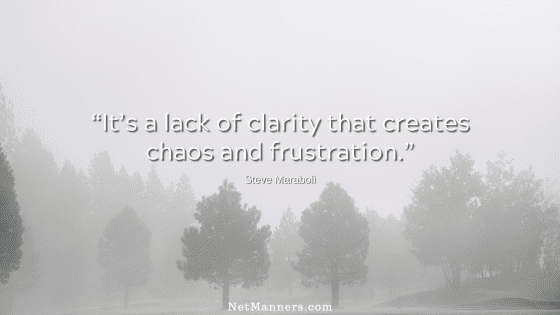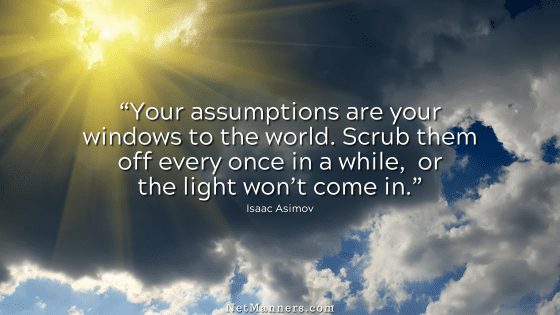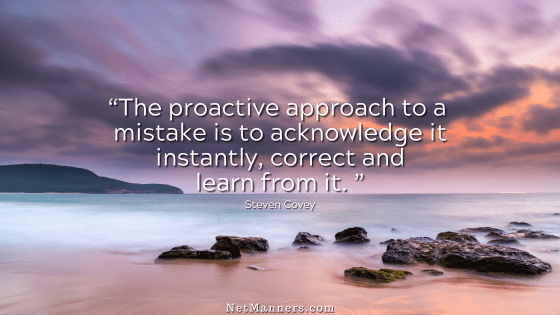Are Your Emails Tone Deaf?

Did you know there is a tone to every email you send? Whether you realize it or not, the other side assumes your tone based on your chosen words, how you use them, format them, and punctuation choices.
It seems that quite a few folks neglect to consider their email tone. What then happens is misunderstandings galore. The recipient focuses on the tone, not the message.
Intent and Tone are Personal
When you bold words, you then make those bolded words reflect more emphasis. By doing so, you leave that level of emphasis up to the person on the other side.
That’s pretty risky and certainly not a hallmark of clear communications. You could think you are clear, but it probably won’t be a positive impression.
Then, if you go one step further and turn that very text to red, you are informing the recipient that you want to make sure not only is that particular text not overlooked, but that it is very, very important — or urgent, or that you are mad. Which is it?
You are leaving that up to the other side to determine.
Use Vocabulary Over Emotional Formatting
Bold and red text makes an emotional statement. With that statement, there is, without a doubt, a particular tone oozing out of your email.
For example, your mother will perceive the same bold and red in an email differently than the same bold and red used in an email to a new acquaintance who may not know your personality or sense of humor.
Your perceived tone will differ based on how well someone knows you.
If you are typing about an emotional subject, it is wise to wait until you can do so in a less emotional state. For example, if you’ve enjoyed adult beverages — walk away from the computer and don’t send a single email until the next day.
You’ll thank yourself later if you put yourself through a minor waiting period instead of pounding out an emotional response on your keyboard and hitting that send button.
Only One Punctuation is Needed
One of the most dangerous tones, “increases,” is the overuse of punctuation. Why the heck do people use more than one exclamation point!!!!!!!! Don’t they understand that one question mark is enough?????
Communicating in this way tends to come off as demanding and condescending. Just one exclamation point or question mark is enough.
How to Avoid Misunderstandings
When you are unsure if your email relays the intended tone and emotional strength, take a moment and read your email out loud. Read it as though you are reading it to the person you are sending it to.
You will most likely be surprised at how your email “sounds” when read out loud. So use that opportunity to tweak your email to reflect what you want to get across.
Ask yourself: “Would I say this, to this person, in this way if we were face to face?” If you wouldn’t, then don’t hit send. Email is not a tool to say things you don’t have the guts to say in person. Nor is it an excuse to hide behind this screen.
By keeping the above in mind, you’ll have fewer regrets and be perceived as a more sincere, open, and honest communicator. And that’s how you build and nurture relationships via email.

